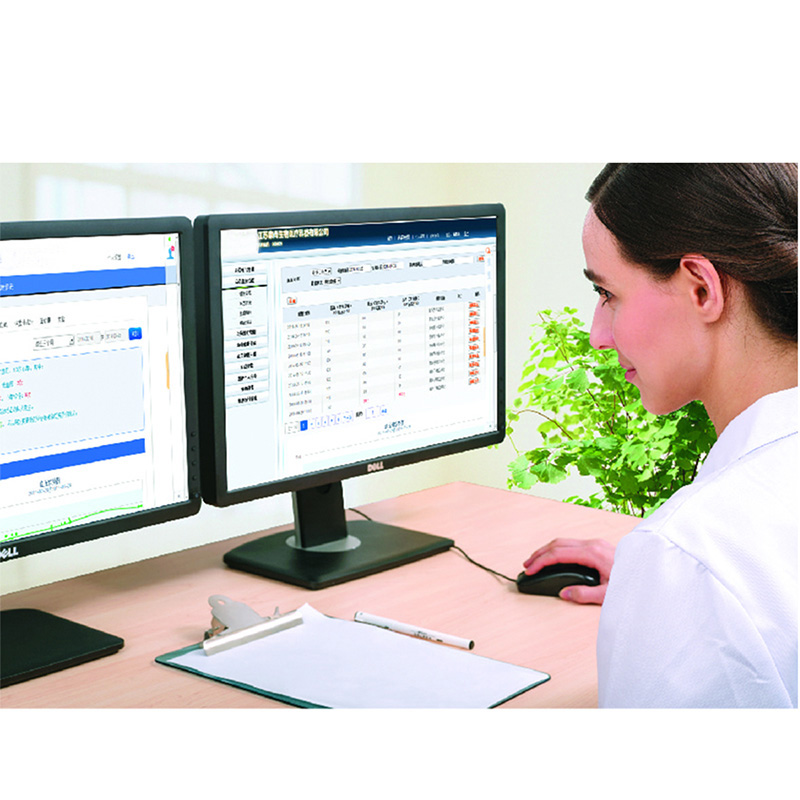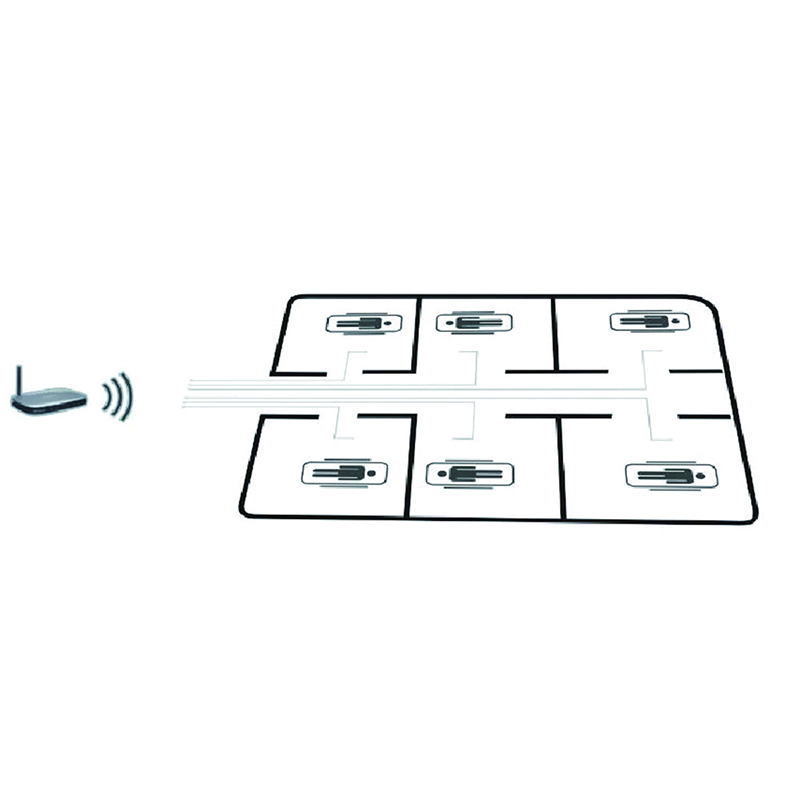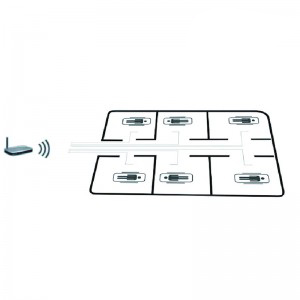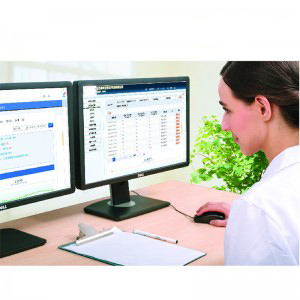Central Monitor System
Central Monitor System


Central monitor system
Apply communication protocols
◆Basis on the protocols of TCP/IP, supports local Ethernet, WIFI wireless LAN, and wide area Internet connection.
Display:
◆Single and dual screens are supported.
◆Recommended resolution: 1280 x 1024 (single screen) or 2560 x 1024 (dual-screen extended desktop) or higher than above.
Monitoring layout.
◆Support single-screen 16-bed, double-screen 32-bed, bed layout, pre-set single screen/double screen from 1, 2, 4, 5, 6, 8, 12, 16, 32 bed layouts. Key monitoring beds can occupy the entire screen. If the screen is not sufficient to show all beds under the current layout, the beds can be viewed by turning the page.
◆A variety of specific waveforms and parameter layouts can be selected within the bed, which can be specially named to suit user habits or company characteristics. Pre-set 5 parameter layouts. For example: regular parameter layout, blood pressure monitoring, full parameter monitoring, large font monitoring, etc. (includes a layout with a list of blood pressure measurement records).
◆Automatic memory of the latest bed layout set by the user.
The function of monitoring
◆12-channel, ECG, NIBP, SPO2, RESP, TEMP, dual IBP, CO2 modules with real-time waveforms and parameters.
◆Focus monitoring contains a real-time parameter trend chart (maximum shows the recent 720-second real-time trend for each parameter).
◆According to the communication protocol design, the pilot, gain, blood pressure measurement and other operating items of each parameter can be adjusted and applied to the bedside machine.
◆Provides a browse list of all alarm beds and quickly locates alarm beds.
◆The alarm level, alarm limit, and starting settings for all alarms can be adjustable. The full-bed alarm function can be turned off.
◆Patients can be automatically correlated. The user can connect the patient and start monitoring immediately before returning to the central station to set up the patient information.
◆Monitoring reports can be printed in real time in the key monitoring bed, including ECG waveforms and other waveforms, each waveform for 8 seconds.



